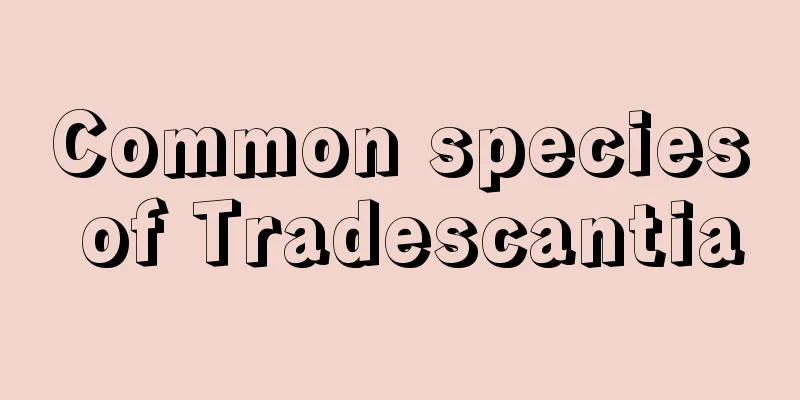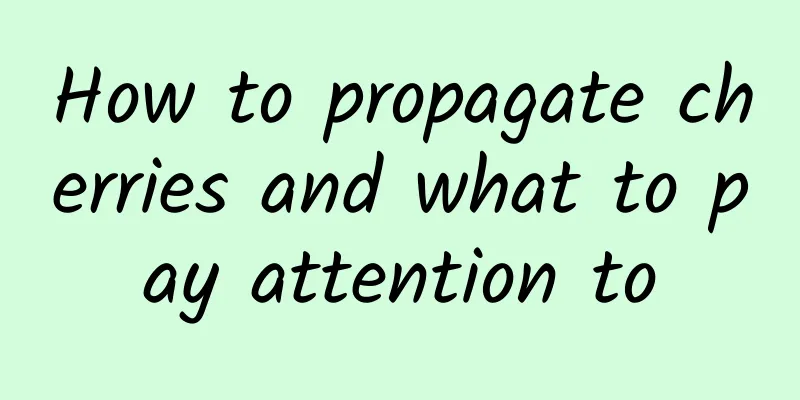Common species of Tradescantia

Tradescantia albaWhite spiderwort, also known as pale bamboo leaves and white spiderwort, is a perennial herb. White-flowered Tradescantia prefers a warm and humid climate. Its origin is South America, including central Brazil, Uruguay and Paraguay. From a morphological point of view, the stems of white-flowered Tradescantia are creeping and can reach 60 cm in length, with a purple-red halo and slightly enlarged nodes that are easy to root at. The leaves are alternate, oblong or ovate-oblong, with leaf tips, and only the upper end of the leaf sheath is hairy with white stripes. The biggest feature of white spiderwort is that its flowers are small and white in color, and it blooms in summer and autumn. Tradescantia chinensisGolden Leaf Tradescantia is a variant of Blue Flower Tradescantia. It is strong and cold-resistant, and can overwinter in the open field in North China. The flowering period is from April to November. The flower stems are upright, the nodes are obvious, the plant shape is peculiar and beautiful, the flower color is blue and purple, and the three petals support the fluffy stamens, which is extremely pretty. The most distinctive feature of Golden Leaf Tradescantia is its golden leaves, which distinguishes it from other Tradescantia varieties. Tradescantia scabraRed-flowered Tradescantia, also known as carmine Tradescantia, has a long flowering period, from May to October. Red-flowered Tradescantia is a perennial evergreen herb. In winter and spring, the edges of its leaves turn purple on both sides and the middle turns green. The biggest feature of red-flowered Tradescantia is that it blooms carmine red flowers, so it is called red-flowered Tradescantia. Red-flowered Tradescantia prefers sunlight but is also shade-tolerant. It is drought-resistant and cold-resistant, and can tolerate poor soil and alkaline soil. It has strong adaptability and a certain ability to resist waterlogging. It grows well and rapidly in East China, North China and other regions. This flower is suitable as ground cover plant and background material in flower beds. Tradescantia pubescensThe calyx and pedicel of Hairy-calyx Tradescantia are obviously covered with hairs. From this feature, it is relatively easy to identify Hairy-calyx Tradescantia. |
<<: Coral vine cultivation methods and precautions
>>: The breeding methods and precautions of Chinese giant thorn
Recommend
The correct way to eat carambola and what not to eat with it
1. The correct way to eat 1. Eat it raw directly:...
Spring cutting method
1. Time Selection There are not many restrictions...
How to keep freesia from freezing in winter
1. Adjust the temperature In order for freesia to...
What is the difference between Qianchuan and Xiaomixing?
introduce Money String The leaves of the money st...
When is the best time to transplant Podocarpus?
When transplanting Podocarpus, you need to dig a ...
Diseases and Pests of White Peony and Their Control
Diseases and their control on white peony Black r...
Can creeper be potted?
Can creeper be potted? Ivy can be planted in pots...
The cultivation methods and precautions of tricolor vortex
1. Maintenance methods 1. Substrate selection: Th...
What to do if the leaves of Christmas cactus become soft and wrinkled
1. Water appropriately Cause: This phenomenon is ...
Don’t ignore the wildly growing branches of gardenias. Just cut them a few times and they will bloom more vigorously!
1. Pruning Phase 1: Carry out a major pruning in ...
The difference between Hainan Syzygium and Syzygium
1. Leaf Difference The leaves of Hainan Syzygium ...
How to prune the branches of the fortune tree and how to deal with the fortune tree after pruning
1. How to prune the fortune tree to create branch...
The main species of bird's nest fern
Common species of bird's nest fern Bird's...
Can coconut trees be planted in Guangxi?
Can coconut trees be grown in Guangxi? Coconut tr...
Jade fan varieties
Mammoth This thing is also called the Silver Fox ...









